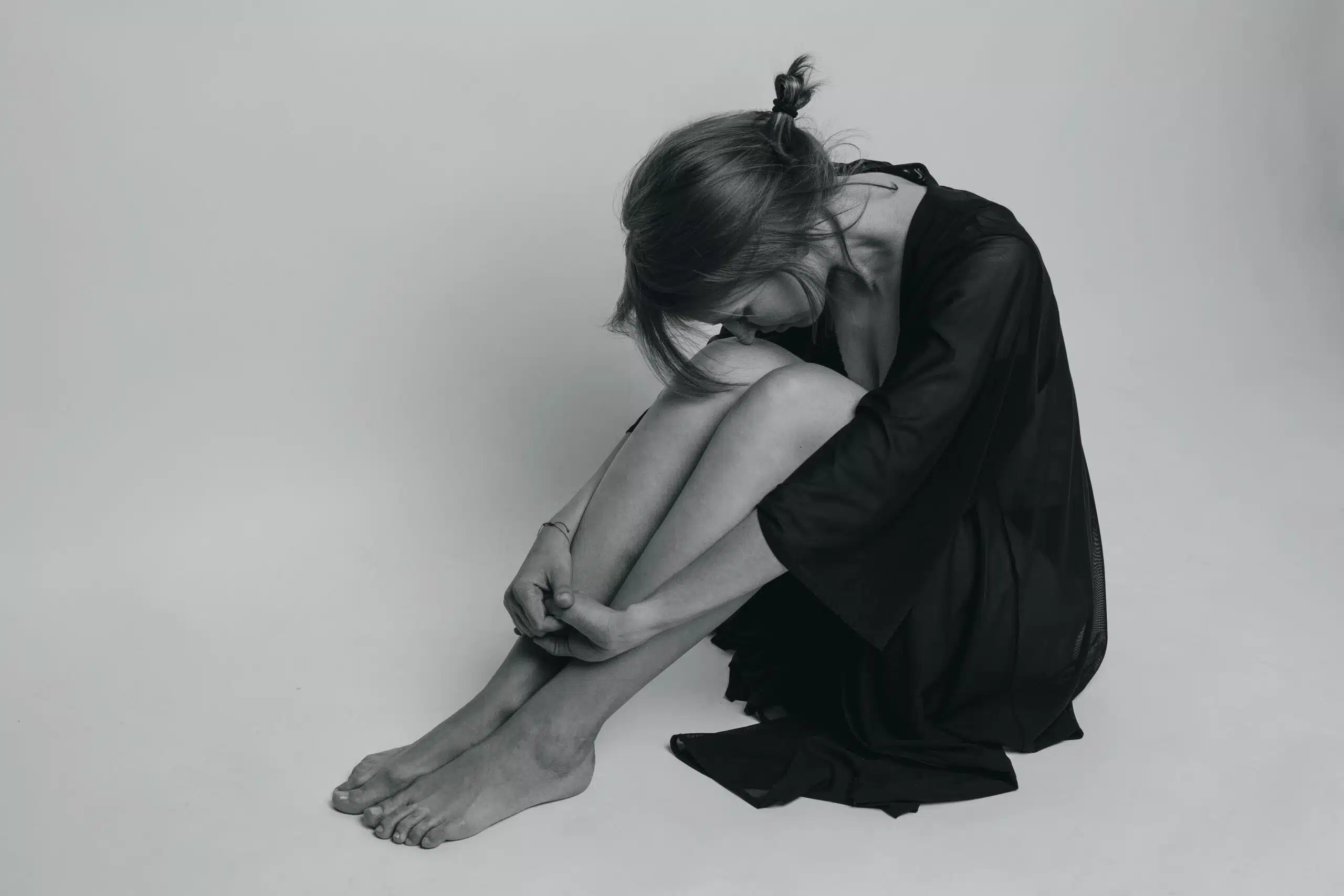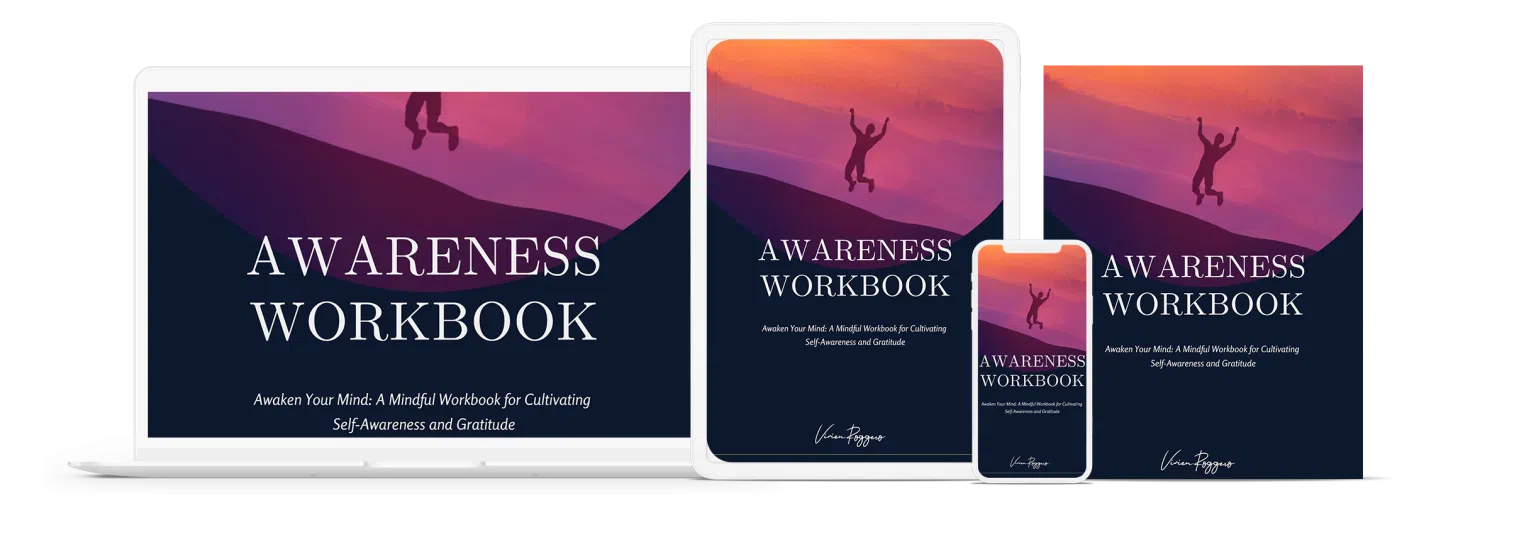The echoes of our past, particularly the unresolved wounds from our childhood, often subtly control our present, influencing our decisions, shaping our perceptions, and dictating our responses to life’s challenges. These inner childhood wounds, although hidden beneath layers of adult experiences, continue to pulsate, inflicting pain that we may not entirely comprehend. Healing these wounds, therefore, necessitates a courageous journey back to our roots, illuminating the shadows of our past to find liberation in our present.
As an executive empowerment coach, I’ve guided countless individuals through this transformative journey, helping them acknowledge their inner childhood wounds, understand their influence, and ultimately, initiate the healing process. Guided by the One Freedom™ Framework, I’ve witnessed incredible personal transformations characterized by emotional liberation, renewed self-confidence, and profound inner peace.
1. Self-Awareness and Recognition

The journey to healing our inner childhood wounds begins with the vital step of self-awareness and recognition. Often, these wounds are buried deep within us, shrouded beneath the layers of adulthood experiences. It requires a conscious effort to recognize and acknowledge their existence.
In this quest, self-awareness acts as a beacon, illuminating the less traversed paths of our psyche and unraveling our patterns, triggers, and behaviors. Recognizing the connection between our adult reactions and childhood experiences facilitates a deeper understanding of these wounds, paving the way for their healing.
2. Practice Self-Compassion
As we uncover and face our inner childhood wounds, the journey at times can be overwhelming. This is where the powerful practice of self-compassion comes into play. It encourages us to treat ourselves with kindness, understanding, and patience, much like we would a dear friend.
Embracing self-compassion ushers in an attitude of acceptance, allowing us to view our wounds not as shameful scars but as integral parts of our life’s tapestry. This shift in perspective creates a nurturing environment for our wounded inner child, fostering healing and growth.
3. Journaling for Healing
The process of healing demands not just recognition but also a means to express the acknowledged emotions and memories. Journaling stands as a therapeutic bridge in this regard, connecting our internal world with the external through words.
In the safe space of a diary, the pent-up emotions linked with our inner childhood wounds find an outlet. As the untold stories of the past spill out on paper, they lose their paralyzing hold over us, enabling us to process and understand their impact on our present emotions and behaviors.
4. Guided Visualization and Meditation
Along the path to healing, we encounter our inner child – the innocent, vulnerable self that holds on to the wounds of the past. Positive interaction with this inner child facilitates acknowledgment and healing of these deep-seated wounds.
Guided visualization and meditation anchor this interaction, providing a safe mental space for dialogues with the inner child. Engrossed in the serene silence of meditation, we can reach out to our inner child, soothing its pain, understanding its fears, and nurturing it towards healing.
5. Creative Expression
Healing isn’t a solely cognitive process – it also involves the heart and soul. Often, words may fail to fully capture the depth of our emotions. Creative expression, such as art, writing, or music, provides an alternate language for our feelings.
This mode of communication allows us to transcend the constraints of verbal language, giving our inner child a means to express its pain and fears. As we translate our emotions into colors, shapes, and melodies, we not only gain insights into our inner childhood wounds but also experience catharsis, a release that propels us further down the path of healing.
6. Inner Child Dialogues

A significant aspect of healing our inner childhood wounds lies in establishing a compassionate dialogue with our inner child. This inner dialogue involves reaching out to our wounded inner child, acknowledging its pain, and offering it the understanding and support it had once yearned for.
This process, while it may be emotionally intense, is profoundly therapeutic. It encourages us to confront and soothe our childhood fears, paving the way for self-discovery and the healing of deep-seated wounds.
7. Seek Professional Support
While the journey to heal inner childhood wounds is deeply personal, it doesn’t have to be solitary. Professional support in the form of a trained therapist or counselor can provide invaluable guidance and support along the way.
Different therapeutic approaches, such as cognitive-behavioral therapy, psychodynamic therapy, and somatic therapy, offer diverse pathways to explore and heal our childhood wounds. By offering a professional perspective and tailored strategies, they can accelerate the healing process, allowing us to navigate our journey with increased confidence and resilience.
8. Forgiveness and Letting Go
One of the most liberating steps in the healing journey is forgiveness. It involves unshackling ourselves from the chains of resentment and anger we may harbor towards ourselves or those who contributed to our childhood wounds.
While it doesn’t condone the actions or circumstances that caused the wounds, forgiveness frees us from their emotional grip. It facilitates the release of the toxic emotions we’ve been holding onto, leading us towards emotional liberation and inner peace.
9. Reparenting and Nurturing
An integral part of addressing and healing our inner childhood wounds is reparenting – a process of providing the care, support, and validation that was lacking during our early years. It involves building a nurturing relationship with our inner child, reassuring them that their needs are valid and important.
Reparenting is an exercise in self-love and self-validation. Through self-soothing techniques, positive affirmations, and consistent emotional support, we provide our inner child the nurturing environment it needs to heal. As we tend to our inner child, we strengthen the bond with our authentic self, fortifying it with self-love and resilience.
10. Establish Healthy Boundaries
Healing our inner childhood wounds also involves safeguarding our present and future selves from further emotional harm. This is where the establishment of healthy boundaries comes into play. Boundaries act as protective barriers, expressing to ourselves and others how we wish to be treated.
Learning to define and communicate our boundaries in various relationships is crucial for self-preservation and emotional well-being. It empowers us to stand up for ourselves, ensuring our emotional needs are met, and our personal space is respected.
Conclusion
The journey to heal our inner childhood wounds is a sacred pilgrimage towards our authentic self. It beckons us to delve into the depths of our being, confront our past, and reclaim our inherent worthiness. Though the path may be strewn with challenges and discomfort, each step we take brings us closer to healing, liberation, and a deeper sense of self-understanding.
As we venture into this journey, it’s vital to remember that healing is a gradual process, requiring patience, self-love, and consistent effort. With each stride, we navigate closer to finding a more harmonious, compassionate, and fulfilled version of ourselves. And as we heal, we grow – into our potential, our aspirations, and the wholeness of who we truly are.













![2024 Awareness Wordbook by Vivien Roggero [Self-discovery tools]](http://vivienroggero.com/wp-content/uploads/2023/04/Book-Awarness-Full-pack.png)